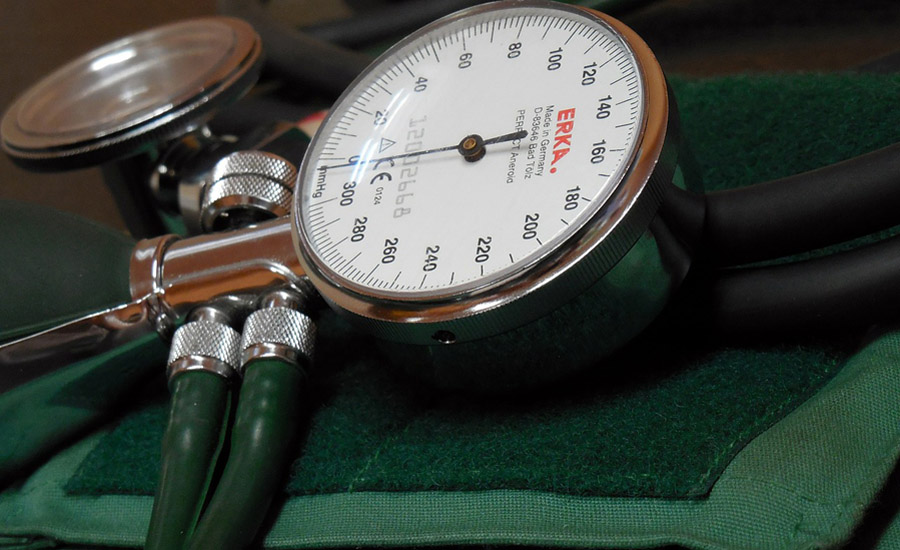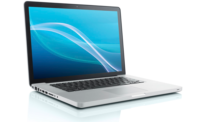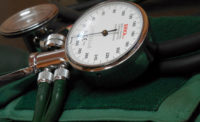Keeping track of your health data can help lower blood pressure

Tracking your health data can help lower your blood pressure and earn rewards, according to a study presented at the American Heart Association’s (AHA) 2015 High Blood Pressure Conference.
About 80 million U.S. adults have high blood pressure, but nearly 20 percent are unaware of it and only about half have it under control, according to the American Heart Association. Even though it usually has no symptoms, high blood pressure can be deadly if it isn’t treated.
With millions of consumers strapping on activity monitors like Fitbit, Garmin and Jawbone, Chicago-based higi has created a platform for tracking blood pressure and other health information. Users can sync their data online and earn incentives like retail discounts, gift cards, fitness gear, gym memberships and vacations.
A new study showed that engagement in the platform helped people with high blood pressure lower their readings. Participants in the nearly three-year study, average age 52, showed a blood pressure reading of 140/90 mmHg or more – which is considered high – at their first higi measurement. Fifty-six percent of participants were men, 44 percent were women and nearly half were obese. Analyzing the activities of approximately 153,000 study subjects who met the inclusion criteria, researchers found:
- Nearly half decreased their systolic blood pressure.
- Of those with greater than 20 achievements, about 85 percent lowered their blood pressure to non-hypertensive.
- Participants with more than 20 achievements showed an average drop of systolic blood pressure (top number) of 16.2 mmHg and a drop of diastolic pressure (bottom number) of 10.6 mmHg
“What we found in our study confirms what many have felt intuitively: when individuals are armed with their health data, they can make meaningful improvements in their health that may lead to lasting behavior change,” said Khan M. Siddiqui, chief technology officer and chief medical officer at higi. “Our findings bolster our belief that the best way to help consumers live healthier lives is to empower them with personally meaningful data, content and rewards that make healthier choices second nature.”
The health monitoring system takes place on a network of 10,000 retail health stations or with third-party wearable health-tracking devices. and wellness organizations can also use it to encourage consumers to monitor their blood pressure and other vital health stats, Siddiqui said.
Co-author is Ross Goglia, M.B.A.
Looking for a reprint of this article?
From high-res PDFs to custom plaques, order your copy today!






